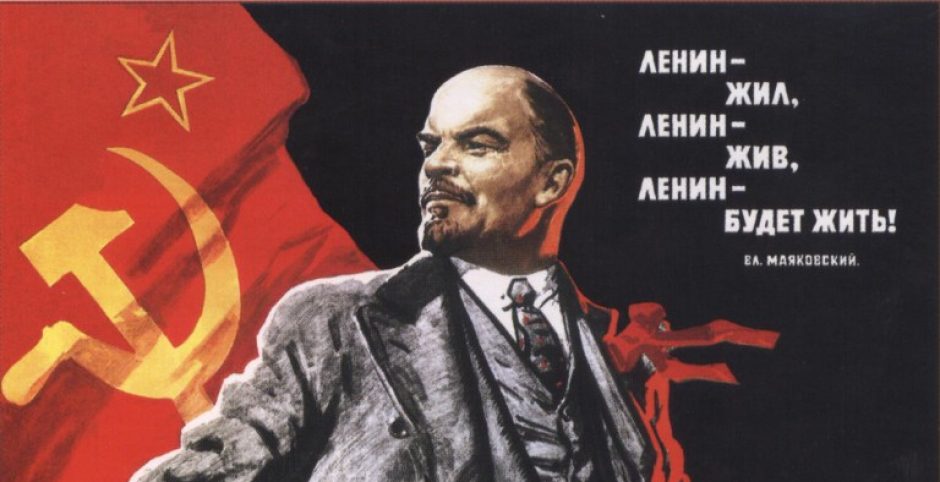As I read The Thaw Generation, I couldn’t help but be reminded of the article “Mourners Crushed at Stalin’s Funeral”, where the author tells his mother that he had seen Stalin (despite not literally seeing him) in the environment of chaos and confusion that he left behind. While going to attend a friend’s trial a few years after Stalin’s death and observing the foreign reporters, Alexeyeva notes that “Foreigners were easy to spot on a Moscow street, and not just because they were dressed better than the Russians. The distinction was in the faces. The foreigners’ faces were not marred by fear, concern and suspicion” (130). This difference is especially striking given that one would naturally be afraid when entering a hostile foreign country.
I was also intrigued by the statement “Daniel and Sinyavsky had the honor of being the first writers or poets in the USSR to face criminal charges stemming from the content of their works. Even Stalin had never prosecuted writers for writing” (131). It got me thinking about the description of the intelligentsia on pages 96-7, and the divide between the physicists and the lyricists. Obviously, Stalin valued the physicists more, and created the Vydvizhentsy to be physicists who were completely removed from the lyricist (questioning) side of the intelligentsia. However, if Stalin never prosecuted writers for writing, maybe he didn’t see them as much of a threat. So was it necessary for Stalin to separate these two groups, or do they do that well enough on their own?

The mention that Stalin hadn’t persecuted writing really is interesting. I am curious to find out whether Stalin did not see writers because he didn’t see them as a threat or because revolution leading to the formation of the Soviet Union had a history of literature that wouldn’t have been allowed to be published within Russia. For example, we read Lenin’s “Concept of the Revolutionary Party (What It To Be Done?)” which was definitely threatening to the powers within Russia, something that may have only been disseminated because of Lenin’s state of being in Western Europe. So, I am curious is Stalin had been loyal to the literary roots of Lenin. Another tactic Stalin may have taken was by controlling the means of publication and not allowing works that he found to be threatening to be published. At one point Alexeyeva states, “Hardly any information about Stalin’s prison camps made it into print”. This leads to Stalin believing that literature can be threatening to the state, but he could put an end to publishing through controlling the publishing means giving him a way to censor the dissemination of literature.
Alexeyeva’s observation of the foreigner reporters’ relative ease seemed to me indicative of the anxiety of life for Alexeyeva and her intelligentsii contemporaries in Russia during this time. The concern of the kompanii for Sinyavsky and Daniel, and for glasnost in their court proceedings – the stirrings of anti-regime activity overall – was clearly a heavy burden to bear. Alexeyeva and others’ hesitancy in the face of revolutionary action – “getting into this fight would mean getting into politics” (169) – illustrates the situation. Alexeyeva’s preliminary image of the relationship between her companions and the foreign press poses a fascinating picture of cross-cultural sentiment at the time. While the Western attitude towards the arrests was one of disapproval, and, as the press aimed to disseminate information of these proceedings to the Western public, Alexeyeva remains reticent and suspicious, wary of sensationalization and of being “quoted in a Western newspaper” (130). The foreigners are characterized as out-of-place, laughable, “shivering, red-nosed, and wearing silly, warm-weather shoes” (131). This seems revealing of a cultural distrust and hermeticism that, despite the revolutionary climate, remained even amongst the intelligentsii. However, she is later encouraged by the sympathetic Western press, in their presumption of the defendants’ innocence, in contrast to the Russian “Izvestia stories, which without awaiting trial called the defendants ‘slanderers’” (133).
Additionally, the divide between “physicists” and “lyricists” within the kompanii appeared more of a means of fostering debate than any real ideological divide. In Stalin’s estimation, the technically skilled may have been more productive for his industrialist aims and the ascension of Russia as world power, but those well-versed in the liberal arts were significant for Stalin in that many posed a threat to his regime. By stifling the production of work, touched upon by Alexeyeva, when the “Samizdat sprung up on its own, arising naturally from kompanii” (98), initiating the circulation of so much previously repressed literature, history, and philosophy, Stalin did not have to prosecute individuals for mere writing, as the “Brezhnev clique” (167) has to struggle to find legal precedent for Daniel and Sinyavsky’s imprisonment. The existing code, prohibiting “scholarly works and works of fiction [which] constituted propaganda against the Soviet state” (131), speaks to Stalin’s paranoia of critical thought in response to his regime.